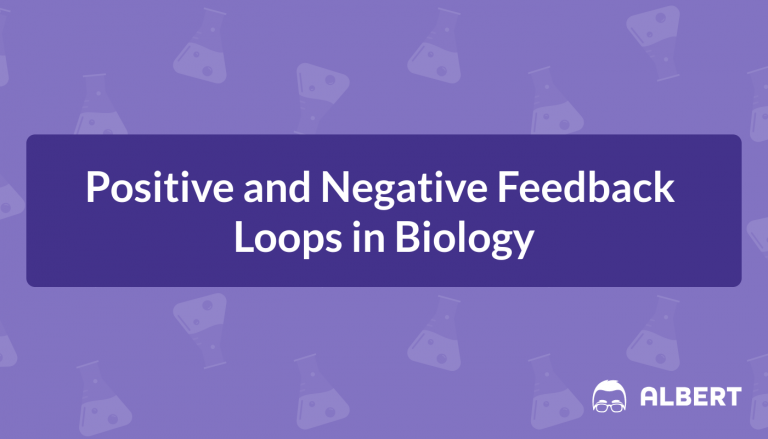
An Overview of the Appendicular Skeleton
The human body is a marvel of biological engineering. At its core is the skeletal system, a complex framework that provides both structure and protection. In this system, the appendicular skeleton plays an important role. It contains all the bones that branch off the central axis of the body—essentially, the limbs and their attachments. Understanding the bones of the appendicular skeleton is not just a journey through human anatomy; it’s a window into how we move, interact with our environment, and protect our vital organs. This post investigates the appendicular skeleton, examining its functions, significance, and the vital role it plays in our overall health. So, let’s embark on this fascinating exploration of the bones that help us grasp, walk, run, and embrace the world around us.








